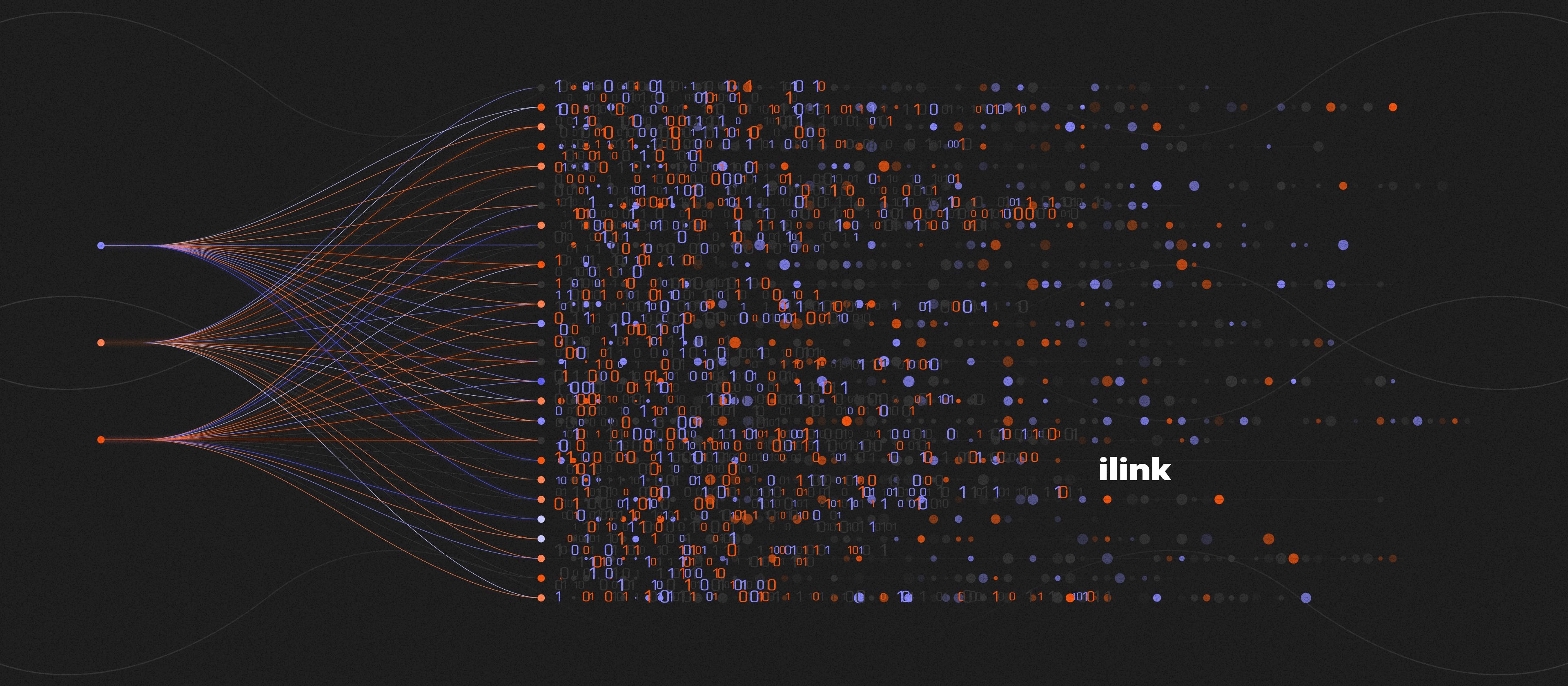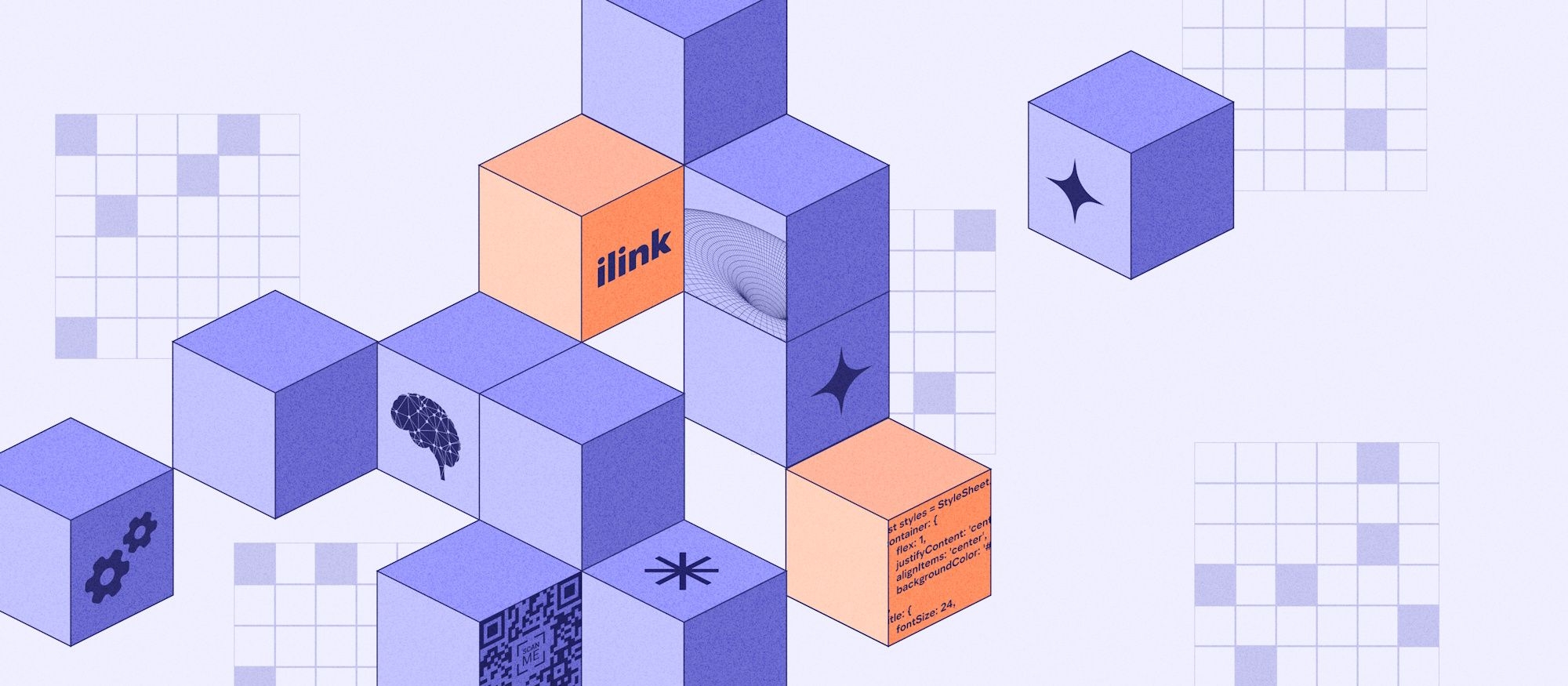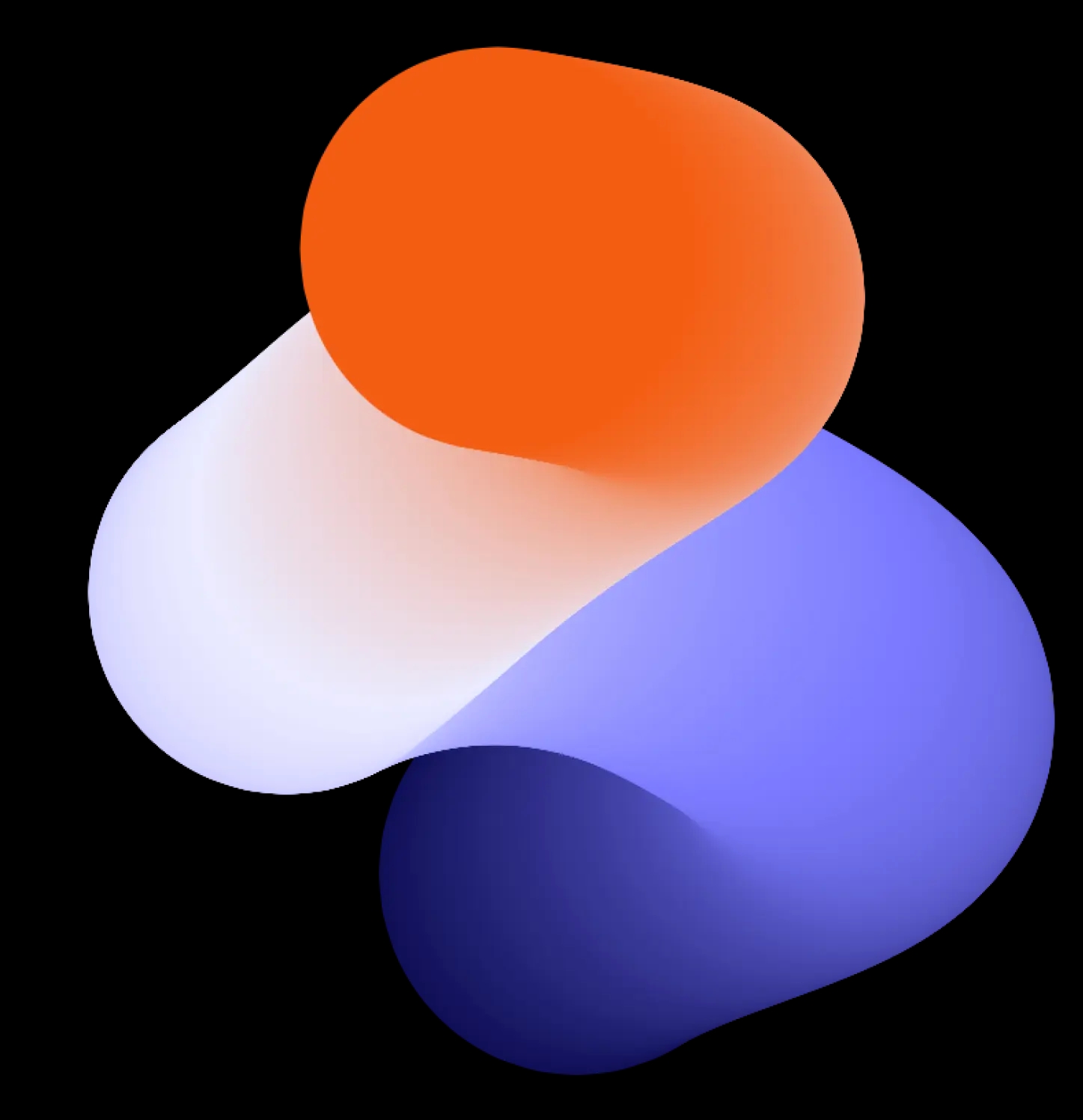MVP Software Development: Building Smarter Products Faster

Introduction
In today’s fast-paced digital economy, businesses cannot afford to spend years building products before reaching the market. Startups and enterprises alike need ways to test ideas quickly, minimize risks, and adapt based on user needs. That’s where MVP software development plays a critical role. By focusing on essential features only, companies can validate their ideas before committing to full-scale investment.
What Is MVP Software Development?
MVP software development refers to building a Minimum Viable Product, a version of software that contains just the core features needed to solve a specific problem and deliver value to early users. Unlike a full-scale product, an MVP is lean, cost-effective, and designed to gather feedback quickly.
A professional MVP software development company helps businesses move from concept to launch, ensuring that the product meets both technical and market requirements. This approach works across industries, from fintech apps to blockchain platforms and SaaS solutions.
Benefits of MVP Software Development
Investing in minimum viable product development provides several advantages:
- Faster time-to-market. Launch in weeks or months instead of years.
- Lower costs. Build only what’s necessary and avoid wasted resources.
- Early validation. Test ideas with real users before scaling.
- Flexibility. Pivot or refine based on market demand.
- Investor appeal. A working MVP often attracts funding more effectively than a pitch deck.
Stages of MVP Development
Every MVP software development process follows clear stages that guide an idea from concept to a working product. Unlike full-scale development, the focus is on speed, validation, and essential functionality. Here’s how minimum viable product development typically unfolds:
- Idea Validation & Market Research.
Before writing a single line of code, the team defines the problem the product will solve. Market research, competitor analysis, and customer interviews are used to confirm demand.
- Goal: ensure the MVP addresses a real need.
- Example: in MVP app development for fintech, validating whether users need faster peer-to-peer payments.
- Feature Prioritization.
Not every idea makes it into the MVP. Features are ranked by importance, focusing only on those that solve the core problem. The rest are planned for future iterations.
- Goal: identify the smallest set of functions that deliver value.
- Example: for an e-commerce MVP, prioritize product listing, cart, and checkout, while postponing loyalty programs.
- Design & Prototyping.
Wireframes, mockups, and clickable prototypes are created to visualize the user experience. At this stage, UI/UX designers ensure the product will be intuitive, even if minimal.
- Goal: validate the look and feel before coding.
- Example: a MVP software development company might test different app layouts with focus groups.
- Development (Coding the Core).
The coding team builds only the essential features defined in the previous stage. Agile methodology is often used to deliver fast, incremental progress.
- Goal: create a working, usable product with minimal features.
- Example: in blockchain MVPs, launch basic wallet functionality first before adding staking or NFT support.
- Testing & Quality Assurance.
Even a lean MVP must be stable and secure. QA engineers test core flows, check performance, and fix bugs. The goal is not perfection but reliability.
- Goal: ensure the product works smoothly for early adopters.
- Example: in fintech MVPs, payment flow testing is a priority to build trust.
- Launch & User Feedback.
The MVP is released to real users. Feedback is gathered through analytics, surveys, and direct communication. Early reactions provide insights into what should be improved or added next.
- Goal: measure user satisfaction and validate product-market fit.
- Example: launching an MVP mobile app in a limited region before scaling globally.
- Iteration & Scaling.
Based on feedback, the product evolves. Features are refined, new ones are added, and the system is prepared for larger audiences.
- Goal: transform the MVP into a full product over time.
- Example: a healthcare MVP may start with appointment booking, then expand into telemedicine and health record integration.
Best Practices in MVP Development
To maximize results, companies should follow proven software development best practices when creating an MVP:
- Focus on solving one clear problem.
- Limit features to the essentials for launch.
- Use Agile methodology to remain flexible.
- Involve users early for real-world feedback.
- Build with scalability in mind for future growth.
Industries Using MVP Software Development
MVP app development is valuable across multiple industries:
- Fintech: digital wallets, peer-to-peer payment apps, investment tools.
- Blockchain: decentralized exchanges, NFT marketplaces, dApps.
- Healthcare: telemedicine apps, patient management solutions.
- Retail & E-commerce: online stores, loyalty platforms, delivery apps.
By applying MVP development services, these industries innovate quickly while keeping risks manageable.
MVP vs Prototype vs Full Product
When businesses plan new digital solutions, they often face confusion between prototype, MVP, and full product. Each has a different role in the software development process, and choosing the right one depends on business goals.
Prototype
A prototype is an early visual model of the product. It may be a sketch, wireframe, or clickable mockup, but it usually doesn’t have functional code. Prototypes are used to demonstrate design ideas and gather feedback before development starts.
- Purpose: validate design and user experience concepts.
- Best for: early-stage pitching, investor presentations, or testing design flows.
- Example: a startup preparing an investor demo might build a clickable prototype of a payment app without backend logic.
Minimum Viable Product (MVP)
An MVP (Minimum Viable Product) is a functional product with just the essential features. Unlike prototypes, MVPs work in real environments and deliver value to early users. The goal of MVP software development is to validate product-market fit with minimal cost and time.
- Purpose: launch quickly, test real users, and gather feedback.
- Best for: startups entering the market, enterprises testing new features, blockchain or fintech solutions that need real-world validation.
- Example: a MVP app development project for e-commerce might include product listing, cart, and checkout, but leave out advanced personalization features.
Full Product
A full product is the complete version with all planned features, scalability, integrations, and advanced security. It usually comes after iterations on the MVP. A full software product is stable, user-friendly, and ready for a broad market.
- Purpose: deliver a comprehensive, polished solution.
- Best for: companies that already validated their concept and want to scale to mass users.
- Example: a fintech platform that evolved from an MVP wallet into a complete digital bank with lending, savings, and investment features.
For startups and enterprises alike, MVP software development is the smartest path to building products that succeed. It reduces costs, accelerates time-to-market, and ensures that businesses create solutions people actually want.
By working with an experienced MVP software development company, you gain access to expert teams who understand the balance between speed, functionality, and long-term scalability. Whether in fintech, blockchain, healthcare, or retail, minimum viable product development is the key to turning ideas into market-ready solutions.
Comments (0)
Latest Posts

For companies across fintech, healthcare, e-commerce, and blockchain, artificial intelligence agent development is unlocking new opportunities for efficiency, innovation, and growth.

The impact of AI on software development is profound, reshaping how applications are planned, built, tested, and maintained.
Do You Have Any Questions?
Leave your details - we will contact you to answer all your questions

